trends (Page 2)
Some are likening the new look to Darth Vader while others can’t stop raving about its many benefits.
We’ve seen some crazy trends in fashion come out of Japan, but this is definitely one of the most unusual yet.
Unless sushi train restaurants add a new dish to their menus, the wasteful trend looks set to continue.
“You want to watch videos of Pikachu doing what?!”
These girls claim having a middle-aged man pay for their lifestyle is different from compensated dating, but is it really?
Designing your own ita bag is a growing trend amongst anime fans and now the painfully geeky accessory can be classified into six specific categories.
What with all the kabe-don pictures and that cat that looks permanently surprised, 2014 was a busy year for us here at RocketNews24. But it seems there is one more important story from last year that we have entirely neglected to bring to your attention – until now.
In blogs, on Twitter and in one hugely-popular article on website Naver Matome, Japanese women have been talking about sukāto haki-wasure – the act of accidentally going out with no skirt on. But what on earth is the cause of this phenomenon? And what can be done about it?
It’s no secret that ladies in Asia have become the masters of makeup in recent years, with shocking before-and-after transformations popping up online pretty much on the reg. In Japan in particular, makeup trends tend to follow a very different format to those in the west, with plenty of tips and tricks designed to highlight features we wouldn’t even consider, such as the angle of an eyelid crease, or the puffiness of eyebags. There’s even makeup that’s designed to make you look a bit ill.
This new makeup palette seems at first glance to be nothing more than a cute product themed around a fairytale character. In actuality, it’s the perfect tool for creating one of the past year’s most unusual trends, “undereye blush”.
A decade or two ago, the big Japanese food export that everybody raved about was sushi. Sushi joints cropped up all over the place, with the more authentic places employing highly skilled Japanese chefs slinging expertly crafted sushi at exorbitant prices. In places like New York City, sushi was the go-to food if you wanted to eat out but keep it at least a little on the healthy side.
Then, Westerners apparently took a look at all the diet food in their grocery stores and bland sandwich wraps in their food trucks and decided to revolt. Suddenly, wraps, sushi and other healthy foods were replaced with cronuts, cupcakes, “all the bacon and eggs you have,” and, of course, ramen. Delicious, fatty, greasy ramen quickly replaced sushi as the hip Japanese food and Westerners are willing to pay top dollar for it.
Of course, some Japanese (primarily the slightly feral citizens of 2chan) argue that, for all the money they’re shelling out, Westerners couldn’t pick out a truly great bowl of ramen to save their lives. So, 2chan was unsurprisingly amused when Reddit user lemonpls posted to a foodie subreddit that he’d found the greatest bowl of ramen he’d ever had in his life… at a common fast food chain in Tokyo.
As we’ve talked about before, kabe-don is the trendy new way for Japanese bad boys to soft sexually assault their crush. It consists of a guy approaching a girl he (presumably) has a thing for, who is ideally leaning against a wall, then suddenly smacking the wall with their palm and getting in reaaaaalllly close so the girl can smell his garlic breath.
Oddly enough, a lot of Japanese girls go absolutely wild for the idea of the kabe-don, in the same way guys love the idea of owning a Weird Science-esque sexbot; It’s sexy and cool on paper, frightening and creepy in real life.
Luckily for any girls who find themselves the unwilling recipient of an ill-advised kabe-don, someone has created an illustrated self-defense guide:
In Japan, fashion trends seem to come and go almost before you notice them. With summer rapidly approaching, many people are already planning their summer swimwear. One of this year’s most popular bikinis is a bit of a departure from last year’s styles, and it might just make you do a double-take.
China is going through a pizza renaissance.
Because Chinese consumers see pizza as an iconic part of the American diet, demand for the food is expected to continue surging, writes David Stringer at Bloomberg.
China’s biggest cheese supplier, Fonterra, predicts demand for mozzarella cheese will surge 20% in the next two years because of the trend, according to Bloomberg.
In a country where concepts like uniformity and social cohesion are praised from kindergarten to retirement, and where those who seek out their own paths are considered quirky at best and troublesome renegades at worst, it is difficult for young professionals in Japan to stand out and make a name for themselves. For men especially, who more often than not must don the same black suit, white shirt and neutral-coloured necktie combo as their millions of peers, it’s easy to become just another face in the commuter crowd.
But a new generation of young businessmen has recently started bucking social trends in order to do precisely what they were always discouraged from: stand out and get noticed. Known as bijinesu neiru (“business nail”), thousands of men working in industries from pharmaceuticals to video game design are now paying hundreds of dollars a week to have their fingernails prettied up with gemstones, pastel-pinks, hearts and even company logos, with many claiming that, since getting their nails done, they have been rewarded with pay rises and promotions, and now have more friends and lovers than they could ever have dreamed.
If you’re ever looking for the Japanese equivalent to “John Smith,” the go-to name is decidedly “Tarou Yamada.” And yet, if you look at today’s population, neither of those names top the popularity charts! Yamada, though simple to write and stereotypically Japanese, isn’t even in the top five for family names!
Now that we mentioned it, we’re sure you’re all curious to know now, so here’s a list of the five most common family names in Japan, as announcement by the Meiji Life Insurance Company.
It wasn’t so long ago that everywhere you looked in Japan there were ads for Korean pop groups, cosmetics and health drinks. More people than ever were snapping up Korean language textbooks and, despite territorial squabbles and a few extreme-right noise makers, Japan was positively leaping on anything prefixed by the letter ‘K’.
Recent reports, however, suggest that all is not well in the K-Pop (Korean Pop music) camp in Japan, with major Korean record label and talent agency S.M. Entertainment reporting losses of more than 70 percent compared to the same period last year. Has the K-Pop bubble finally burst in Japan?
As public perception of smoking becomes increasingly negative, and with the number of smoking areas in restaurants and cafes in Japan becoming fewer and fewer each year, it’s fair to say that those little white sticks that once brought so much pleasure to so many are perhaps on their way out.
As people find themselves becoming more and more irritated by cigarette smoke as they walk though crowded streets, and residents grow sick of sweeping up discarded cigarette butts in their neighbourhoods, smoking anywhere outside of specially designated kitsuen (smoking) zones has become a punishable offence in many urban areas of Japan.
The times, they are a-changing.
But even with so many turning their backs of tobacco and labelling it as un-cool, few could have predicted that a company as large as Hoshino Resorts would actively advertise the fact that they no longer accept job applications from smokers.

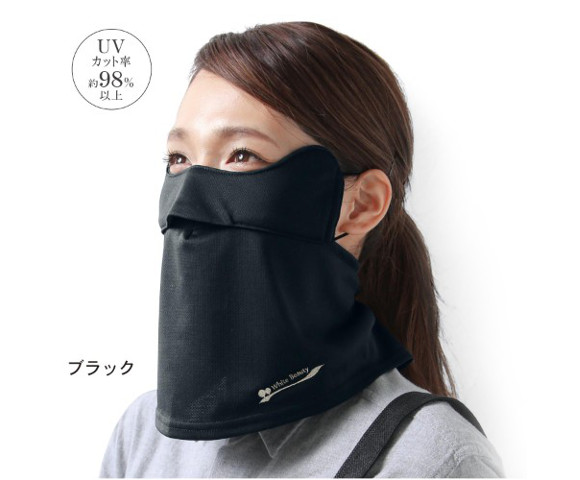
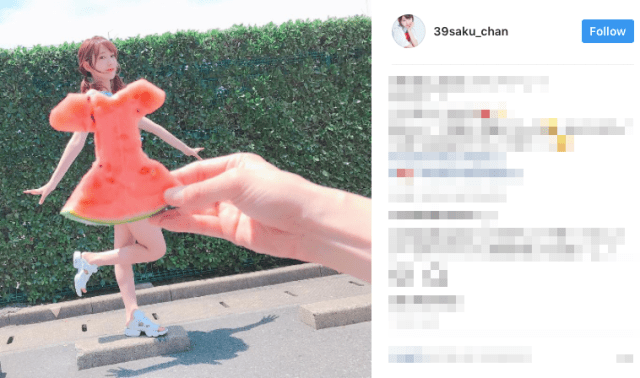
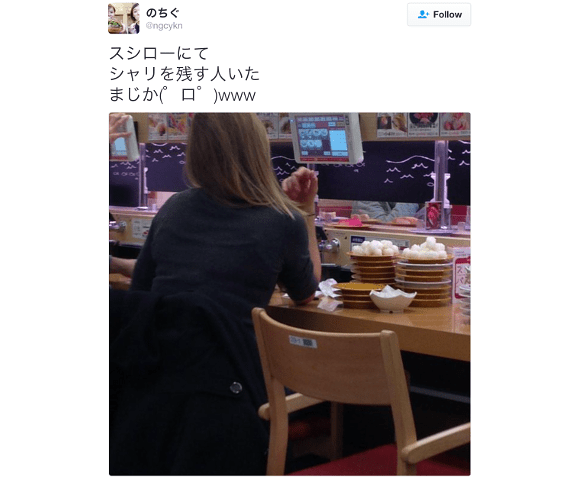
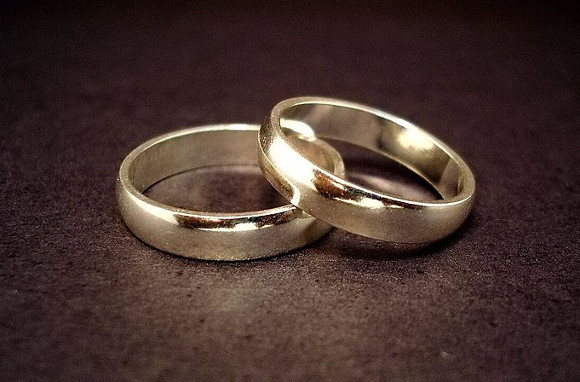
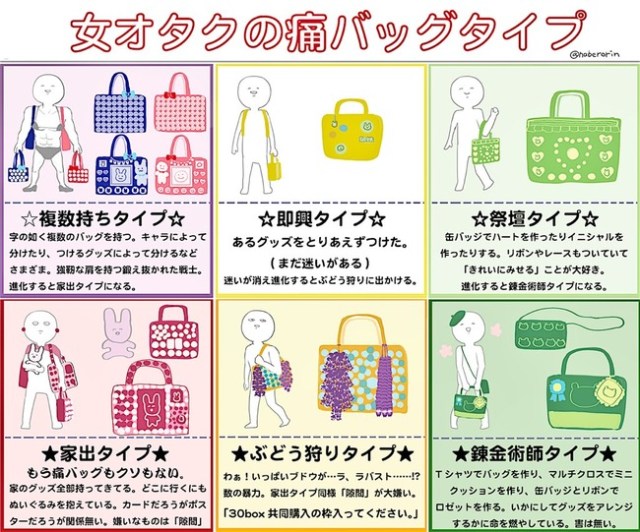
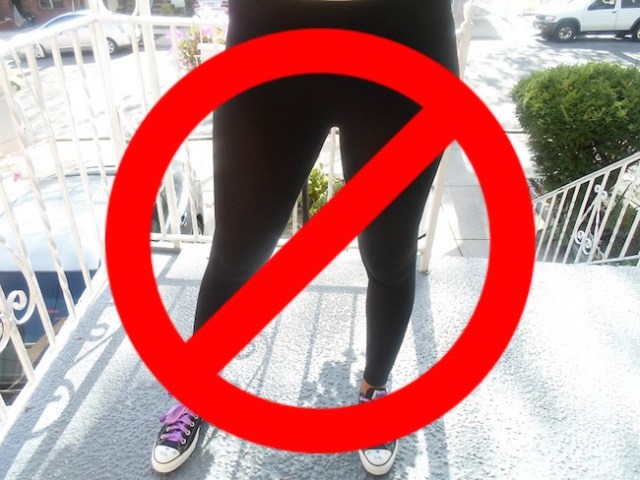

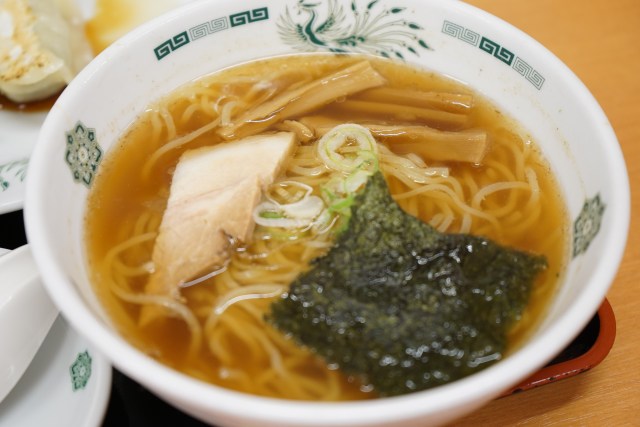
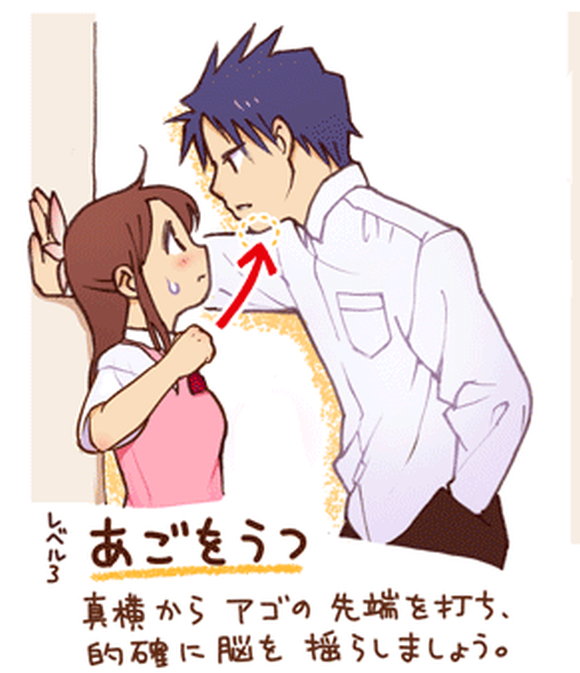


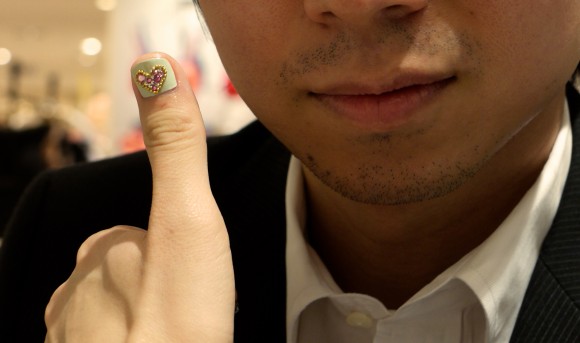
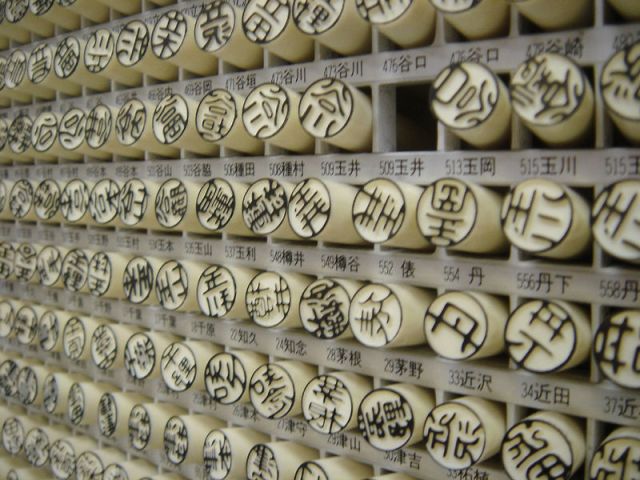
 We found possibly the quietest Japanese-style hotel in Tokyo’s bustling Shinjuku district
We found possibly the quietest Japanese-style hotel in Tokyo’s bustling Shinjuku district Looking for a Japanese convenience store souvenir? Seicomart has a legendary hit product for fans
Looking for a Japanese convenience store souvenir? Seicomart has a legendary hit product for fans Here are the top ten foodie factory tours for the fall throughout Japan
Here are the top ten foodie factory tours for the fall throughout Japan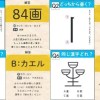 What does a kanji with 12 “kuchi” radicals mean? A look at weird, forgotten Japanese characters
What does a kanji with 12 “kuchi” radicals mean? A look at weird, forgotten Japanese characters Japanese paralympic athlete plays emotive violin piece using her prosthetic arm as the bow【Video】
Japanese paralympic athlete plays emotive violin piece using her prosthetic arm as the bow【Video】 Transgender Japanese YouTuber criticizes LGBT demonstration held in downtown Tokyo
Transgender Japanese YouTuber criticizes LGBT demonstration held in downtown Tokyo Japanese group to hold fashion show of colostomy bags and other stoma equipment in Paris
Japanese group to hold fashion show of colostomy bags and other stoma equipment in Paris Japanese Cabinet to officially announce new romanization spelling recommendation next week
Japanese Cabinet to officially announce new romanization spelling recommendation next week New Evangelion short anime, written by Hideaki Anno, to have world premiere early next year
New Evangelion short anime, written by Hideaki Anno, to have world premiere early next year Four tips for eating the Fist Hamburger Steak at Japan’s legendary restaurant Sawayaka
Four tips for eating the Fist Hamburger Steak at Japan’s legendary restaurant Sawayaka Starbucks Japan ready to get Year of the Horse started with adorable drinkware and plushies【Pics】
Starbucks Japan ready to get Year of the Horse started with adorable drinkware and plushies【Pics】 7-Eleven Japan’s ramen-cooking robot whipped us up a bowl of noodles【Taste test】
7-Eleven Japan’s ramen-cooking robot whipped us up a bowl of noodles【Taste test】 Lacquerware supplier to emperor of Japan and Pokémon team up for new tableware
Lacquerware supplier to emperor of Japan and Pokémon team up for new tableware Cyberpunk anime meets traditional culture in Ghost in the Shell gold leaf Japanese changing screens
Cyberpunk anime meets traditional culture in Ghost in the Shell gold leaf Japanese changing screens 7 great places to see Mt. Fuji from without having to climb it
7 great places to see Mt. Fuji from without having to climb it Japan may add Japanese language proficiency, lifestyle classes to permanent foreign resident requirements
Japan may add Japanese language proficiency, lifestyle classes to permanent foreign resident requirements Hello Kitty Choco Egg figures are an adorable trip through three periods of Japanese pop culture【Pics】
Hello Kitty Choco Egg figures are an adorable trip through three periods of Japanese pop culture【Pics】 Japan’s otoshidama tradition of giving kids money at New Year’s gets a social welfare upgrade
Japan’s otoshidama tradition of giving kids money at New Year’s gets a social welfare upgrade Starbucks Japan releases new zodiac chilled cup drink for 2026
Starbucks Japan releases new zodiac chilled cup drink for 2026 Can a dirty butthole make you filthy rich in Japan? We’re starting a New Year’s lottery experiment
Can a dirty butthole make you filthy rich in Japan? We’re starting a New Year’s lottery experiment 7-Eleven Japan starts new temporary luggage storage service in over 300 branches
7-Eleven Japan starts new temporary luggage storage service in over 300 branches Disillusionment at Tsukiji’s tourist-target prices led us to a great ramen restaurant in Tokyo
Disillusionment at Tsukiji’s tourist-target prices led us to a great ramen restaurant in Tokyo Starbucks teams up with 166-year-old Kyoto doll maker for Year of the Horse decorations【Photos】
Starbucks teams up with 166-year-old Kyoto doll maker for Year of the Horse decorations【Photos】 Tokyo considering law requiring more trash cans following litter increase in heavily touristed area
Tokyo considering law requiring more trash cans following litter increase in heavily touristed area Tokyo’s Tsukiji sushi neighborhood asks tour groups to stay away for the rest of the month
Tokyo’s Tsukiji sushi neighborhood asks tour groups to stay away for the rest of the month Nintendo’s Kirby now delivering orders at Kura Sushi restaurants, but not in Japan
Nintendo’s Kirby now delivering orders at Kura Sushi restaurants, but not in Japan Tokyo event lets you travel back in time, for free, to celebrate 100 years since Showa era start
Tokyo event lets you travel back in time, for free, to celebrate 100 years since Showa era start Sanrio theme park in Japan announces plans to expand into a Sanrio resort
Sanrio theme park in Japan announces plans to expand into a Sanrio resort Stamina-destroying “Paralysis Noodles” are Tokyo’s newest over-the-top ramen innovation
Stamina-destroying “Paralysis Noodles” are Tokyo’s newest over-the-top ramen innovation Survey asks foreign tourists what bothered them in Japan, more than half gave same answer
Survey asks foreign tourists what bothered them in Japan, more than half gave same answer Japan’s human washing machines will go on sale to general public, demos to be held in Tokyo
Japan’s human washing machines will go on sale to general public, demos to be held in Tokyo Japan’s deadliest food claims more victims, but why do people keep eating it for New Year’s?
Japan’s deadliest food claims more victims, but why do people keep eating it for New Year’s? We deeply regret going into this tunnel on our walk in the mountains of Japan
We deeply regret going into this tunnel on our walk in the mountains of Japan Studio Ghibli releases Kodama forest spirits from Princess Mononoke to light up your home
Studio Ghibli releases Kodama forest spirits from Princess Mononoke to light up your home Major Japanese hotel chain says reservations via overseas booking sites may not be valid
Major Japanese hotel chain says reservations via overseas booking sites may not be valid Put sesame oil in your coffee? Japanese maker says it’s the best way to start your day【Taste test】
Put sesame oil in your coffee? Japanese maker says it’s the best way to start your day【Taste test】 No more using real katana for tourism activities, Japan’s National Police Agency says
No more using real katana for tourism activities, Japan’s National Police Agency says Starbucks Japan reveals new sakura drinkware collection, inspired by evening cherry blossoms
Starbucks Japan reveals new sakura drinkware collection, inspired by evening cherry blossoms Updated cherry blossom forecast shows extra-long sakura season for Japan this year
Updated cherry blossom forecast shows extra-long sakura season for Japan this year Transgender Japanese YouTuber criticizes LGBT demonstration held in downtown Tokyo
Transgender Japanese YouTuber criticizes LGBT demonstration held in downtown Tokyo Japanese group to hold fashion show of colostomy bags and other stoma equipment in Paris
Japanese group to hold fashion show of colostomy bags and other stoma equipment in Paris Japanese Cabinet to officially announce new romanization spelling recommendation next week
Japanese Cabinet to officially announce new romanization spelling recommendation next week New Evangelion short anime, written by Hideaki Anno, to have world premiere early next year
New Evangelion short anime, written by Hideaki Anno, to have world premiere early next year Four tips for eating the Fist Hamburger Steak at Japan’s legendary restaurant Sawayaka
Four tips for eating the Fist Hamburger Steak at Japan’s legendary restaurant Sawayaka 11 never-ending hypnotic GIFs that just made a portion of our weekend disappear mysteriously
11 never-ending hypnotic GIFs that just made a portion of our weekend disappear mysteriously Venture through real-life locations from Ghost of Tsushima with this handy tourism website
Venture through real-life locations from Ghost of Tsushima with this handy tourism website Disillusionment at Tsukiji’s tourist-target prices led us to a great ramen restaurant in Tokyo
Disillusionment at Tsukiji’s tourist-target prices led us to a great ramen restaurant in Tokyo Twist-cap matcha is the freshest bottle of tea you’ll ever get at a Japanese convenience store
Twist-cap matcha is the freshest bottle of tea you’ll ever get at a Japanese convenience store Dr. Pepper fans create online map of Japan cataloging everywhere you can buy the divisive drink
Dr. Pepper fans create online map of Japan cataloging everywhere you can buy the divisive drink Four of the best Tokyo budget hotels we stayed in this year
Four of the best Tokyo budget hotels we stayed in this year